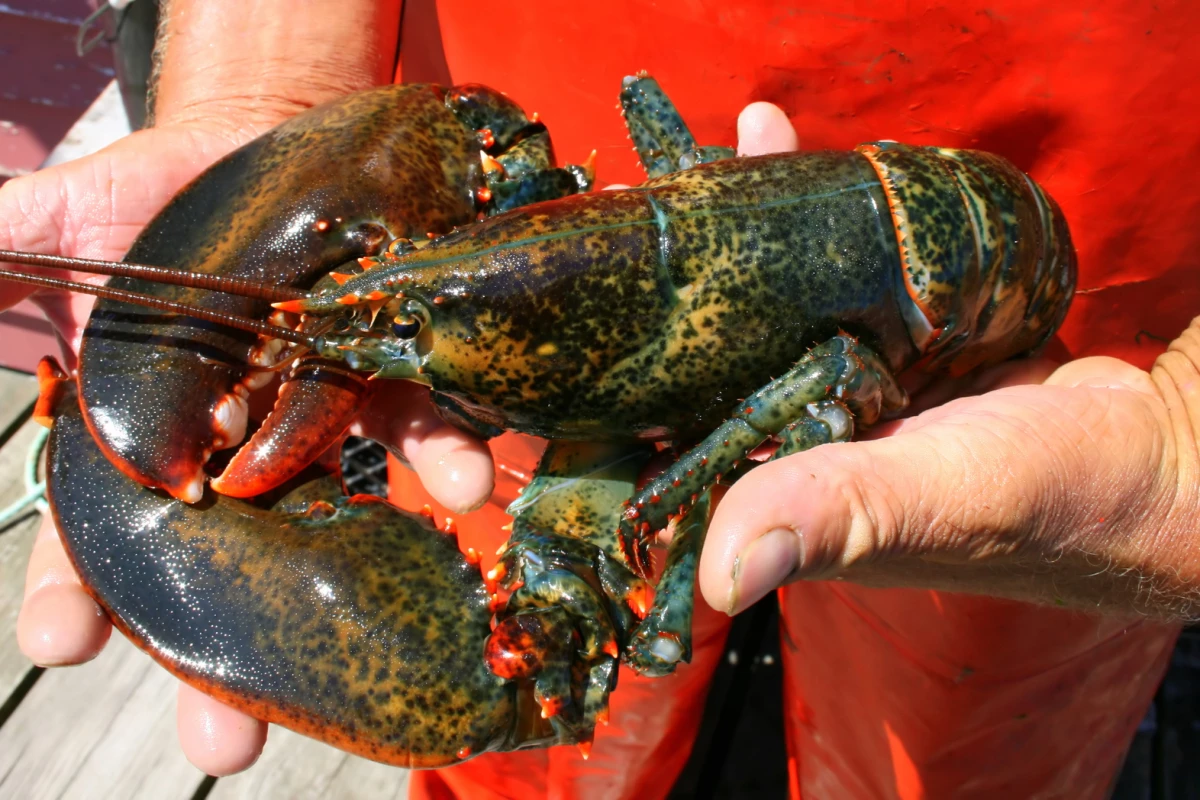Scientists at the University of East Anglia have found a way to accurately measure the age of lobsters using changes in their DNA. The new study made in collaboration with the Centre for Environment, Fisheries and Aquaculture Science (CEFAS) and the National Lobster Hatchery is aimed at producing a better understanding of lobster life cycles and better managing lobster fisheries.
A popular inhabitant of the dinner plate, the lobster is a very strange creature in many ways, which isn't surprising for an arthropod that diverged from the evolutionary lines that led to humans hundreds of millions of years ago. One major question is, how do lobsters age?
It's not an easy question to answer because the age of a lobster is very hard to determine. Partly, this is because lobsters have hard shells that they regularly molt to give themselves more room to grow, so the only thing left is soft tissue. The other is that, unlike many other animals, lobsters don't stop growing nor do they deteriorate with age. Instead, they seem to keep growing, don't weaken, and maintain fertility.
Exactly how long a lobster can live isn't certain. Some estimates put it at up to 100 years. Possibly, this may be due to an enzyme called telomerase, which repairs repetitive strings of DNA. Unfortunately, there isn't a lot of hard data because of the lack of an age measuring stick.
A rough rule is to gauge a lobster's age by its size, but environmental factors can have a major effect on this. A well-fed lobster in warm water can end up much larger than a hungrier, colder one. In recent years, there have been advances in measuring lobster age using growth rings in the eye stalk and stomach, but this isn't practical with a live lobster.
Instead, the East Anglia team looked at measuring the changes in lobster DNA over time. Taking European lobsters of known age that had been raised from eggs, the researchers looked at how much ribosomal DNA (rDNA) in the claw tissue methylates, that is, transfers one carbon atom and three hydrogen atoms (CH₃) during gene expression.
What they found was a strong correlation between the lobster's age and the rDNA changes. In addition, they could use this same DNA clock to estimate the age of wild lobsters. This is of much more than scientific interest. The world lobster market is worth well over US$5 billion, and since all lobsters are caught wild, the fisheries require careful management. However, much of their lives remain a mystery and knowing something as basic as their age could be a powerful tool in conserving stocks.
"It is crucial to be able to estimate how many lobsters of particular ages are present in a given area so that they can be sustainably harvested," says Dr. Eleanor Fairfield. "We wanted to develop a new, non-lethal method of determining the age of European lobsters that could be of better use for lobster fisheries management. The European lobster was an ideal species to study because it is economically and ecologically very important."
The research was published in Evolutionary Applications.
Source: University of East Anglia





